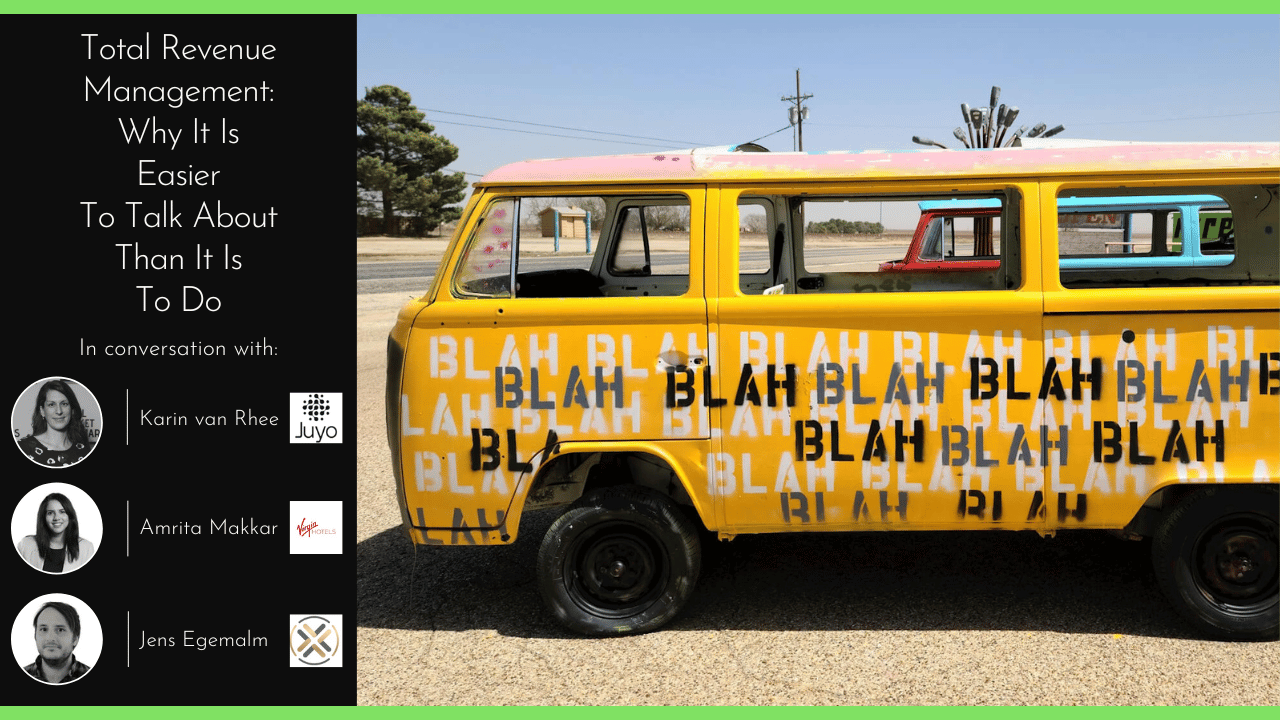
“The only way that we can serve our travelers is by turning them into data,” travel management provocateur Eric Bailey told BTN. Bailey is better known as Microsoft’s director of travel, venue sourcing and payment. He has pretty much ditched travel policy for Microsoft’s 75,000 travelers in exchange for a traveler-centric approach. Machine learning has emerged as critical to the effort. “We can’t know all of our travelers,” he said. “What we can do is take their data and turn it back into travelers—or at least types of travelers. That’s how we’re using machine learning now.”
Microsoft travel manager for compliance and analytics Marta Rodriguez explained more: “Machine learning allows us to cluster travelers and build persona types based on behavioral features: bookings, expenses, history, everything we know.” That gives the Microsoft travel team a solid foundation for setting up its travel solutions and defining its sourcing strategies based on those personas and the needs of those types of travelers.
Rodriguez said Microsoft has four different traveler types. Letting machines do the number crunching is making the travel team “very efficient listeners.” She said, “We have a lot of data streams that we can integrate together, and we can really get to the key messages that travelers are throwing to us.”
Using Emirates as an example, Rodriguez said, “If we see that [the data] of very frequent travelers who have a dominant preference for Emirates is telling us certain things, we can take that information back to Emirates for more strategic sourcing and business decisions.” Microsoft is looking at real patterns of a group of high-value travelers attached to actual dollars, and that gives the company a stronger negotiating position than anecdotal feedback.
Having that kind of data for the travel program overall has offered a totally different lens through which to view the structure the program, as well.
Read rest of the article at Business Travel News




